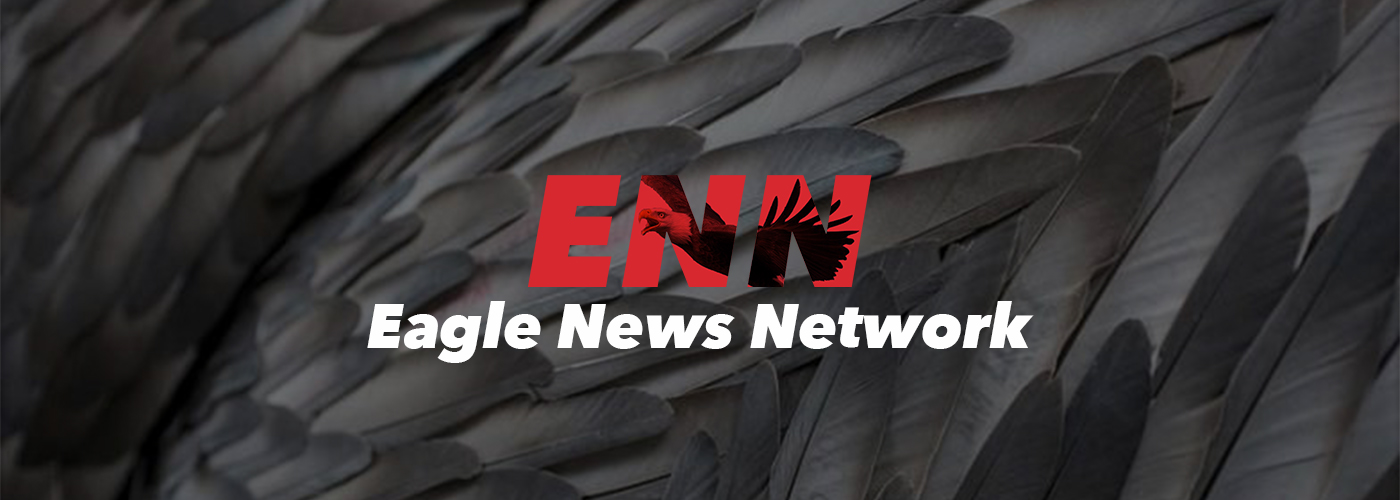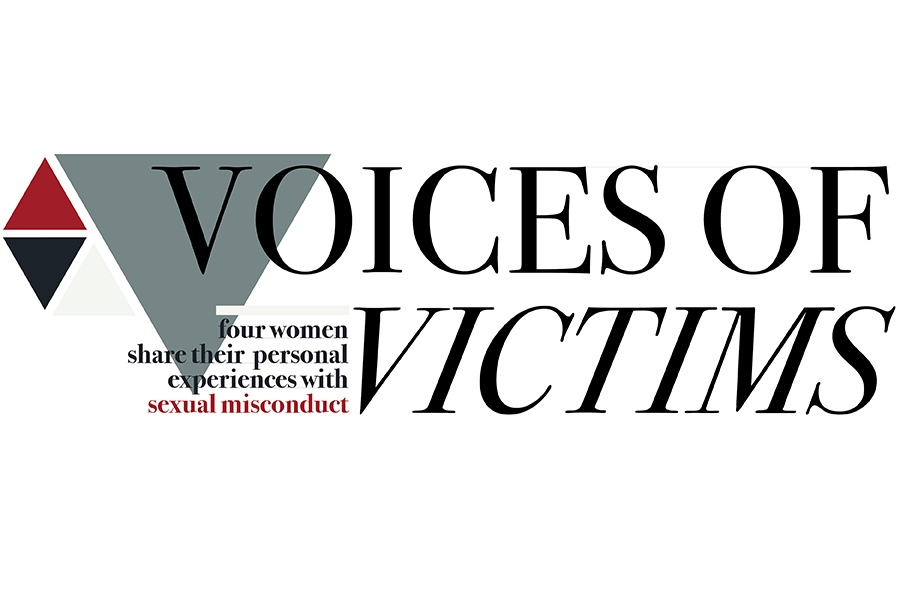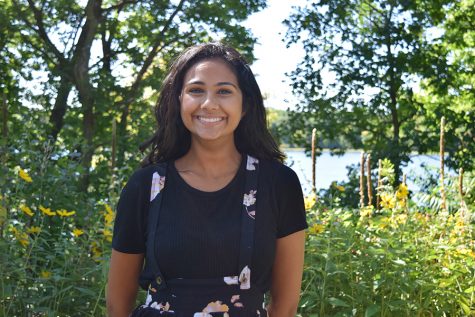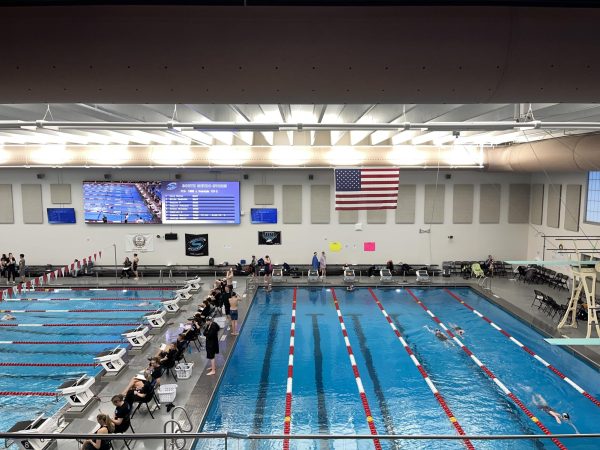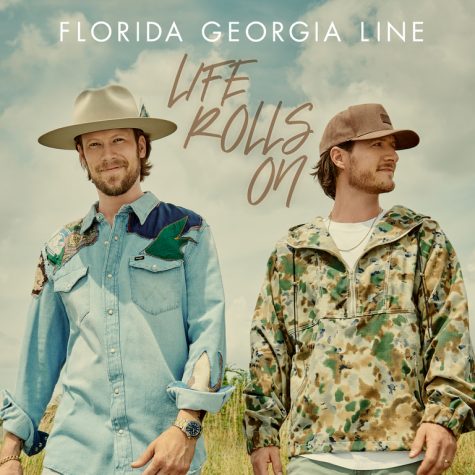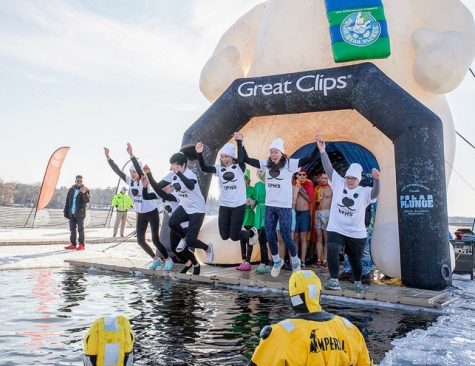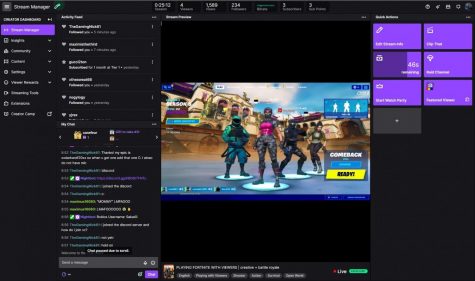Issue 3 Cover Story
February 20, 2018
Over the past few months, the national news has been filled with sexual assault and misconduct allegations amongst politicians and celebrities. Hundreds of victims have come forward to tell their stories, and hundreds of thousands have showed their support with hashtags and campaigns like #metoo and #timesup.
It may seem like sexual misconduct is something that only happens in distant spheres of politics, entertainment and sports. But it is something that can happen, and does happen, to the people we know and in our community.
WHAT IS IT?…
Definitions from Indiana University and the U.S. Equal Employment Opportunity Commission
- Sexual misconduct: a range of sexual behaviors including harassment, violence, assault and exploitation
- Sexual assault: any type of sexual contact or penetration without consent
- Sexual harassment: any type of unwelcome conduct or behavior of someone because of that person’s sex
- Consent: agreement through affirmative, voluntary words or actions between all people involved to engage in a specific sexual act at a specific time
INCIDENTS
Some names and identifying details have been changed to protect the privacy of the individuals mentioned.
According to the Rape Abuse and Incest National Network (RAINN), of sexual abuse cases reported, 93% of juvenile victims knew the perpetrator.
For senior Katrina, it was her fellow classmate. During her sophomore year, she went to this classmate’s house to study. All of a sudden, he started forcing himself upon her, saying “just do it, don’t be a loser.” Later, he spread rumors that she “slept” with him and made moves on him first. Only recently did Katrina realize what happened was sexual assault.
Senior Harper was sexually assaulted during her sophomore year by someone she considered an older brother figure. “It was the scariest moment of my life,” said Harper.
After her attack, she only told two people about it. It took her a year to finally tell her parents. Harper’s parents immediately encouraged her to report the incident to the police, and since then, she has been fighting to win the case. About a month ago, she found out that her perpetrator is pleading guilty.
Senior Lucy was a preschooler when the sexual assault began. Because it happened when she was so young, Lucy does not remember all the details. She does remember that the perpetrator was a family friend, so she was alone with him a lot. Lucy thinks that he was a teenager at the time. When they were alone, he would sexually assault her and then keep her away from other adults so that she wouldn’t tell others about the assault.
“He was so violent,” said Lucy. “So if ever I did something he didn’t like or if I didn’t do what he wanted me to, he’d practice some wrestling moves on me like as if I was his size, and it was very bad.” Lucy believes that he wanted to make her afraid of him so that she would stay silent.
Eventually, the perpetrator stopped coming to her house, and Lucy speculates that her parents found out. About five years after the assaults stopped, Lucy and her family went to Cornerstone, a violence prevention program in Minnesota, and the case was taken to court.
Sexual harassment does not end with high school. Speech coach and EPHS alumni Becky Chabot, has experienced sexual harassment as a graduate student and in the workplace.
Once, she was presenting on a panel at a major academic conference in her field with four men. “After the session, as I left the room we’d presented in, I was behind several gentlemen who had been in the room and were discussing, in very frank terms, the sexual things they wanted to do with and to me,” said Chabot.
She has also experienced occasions where people have invited her to professional meal, but it was clear that the other person “was not actually interested in [her] work, only [her] body.”
IN THE NEWS…
- November
- Charlie Rose: The co-anchor of CBS This Morning was fired after accusations of sexual harassment taking place over the past two decades.
- Matt Lauer: The NBC reporter was removed from his position as a co-host of the Today Show after an anonymous NBC worker accused him of repeated sexual advancements.
- December
- Harvey Weinstein: From October to December, over eighty women have accused the formerly renowned film producer was accused of sexual abuse. He has also been accused of actively preventing the leaking of such allegations.
- Al Franken: The US Senator from Minnesota resigned after allegations of groping by multiple women.
- January
- EPFSC Coach: Thomas Incantalupo, a former coach at the Eden Prairie Figure Skating Club was arrested and charged for sexually abusing a 14-year-old student over a two-year period.
- February
- Larry Nassar: The former doctor for the USA Gymnastics team was recently sentenced to up to 175 years in prison after over 265 women accused him of sexual abuse.
- Movements and Campaigns
- #metoo: The hashtag has been used to spread awareness about sexual harassment in the workplace.
- #timesup: The movement and hashtag is devoted to helping women fight back against sexual assault. At the Golden Globes, they organized for many high-profile celebrities to wear black in order to raise money for sexual assault awareness.
- Women’s March: A movement that organizes large protests to fight for women’s rights and other issues worldwide.
- It’s On Us: A movement created by Barack Obama to raise awareness for sexual assault.
- University of Minnesota: The U recently launched a campaign against sexual misconduct beginning with mandatory online training for staff and faculty. They also plan to roll out a public awareness campaign and expand existing training for students.
AFTERMATH
For victims, the pain intensifies after the assault or harassment is over. Senior RaNiyah Taylor has friends who have been sexually assaulted and raped. “I saw how it changed them,” said Taylor. “They go from happy to being checked into hospitals.”
Katrina’s assault led to a downward spiral, as she felt like she did something wrong: “I beat myself up about it. How did I let that happen?”
It greatly affected her school work and relationships, especially because she did not want to talk to others about how she felt. “It was taking up so much of my mind [that I] didn’t have time for other things,” she said. “I was unknowingly covering it up, and it was pushing me away from my friends.”
After the perpetrator spread rumors, everyone looked at her differently, calling her names like “slut” and “whore.” “It isn’t your fault, [but] people will tell you it’s your fault, ” said Katrina.
For Harper, the aftermath of the assault was the worst because she was left with “the memories, the guilt, the shame, and the confusion.” She has struggled mentally and emotionally with severe depression, anxiety, and PTSD, which resulted in her hospitalization for suicidal intentions last year. She also lost a lot of the people closest to her, something she struggles with to this day.
Like Katrina, Lucy doesn’t like to talk about what happened to her. Lucy said, “I’ve always hated health class. I’ve always hated talking about stuff like that.” Her abuse has also made her wary of having a relationship with boys.
NOT ME!
Self-defense class
For the second year in a row, the PTO is hosting a reality-based training program to raise awareness and promote safety on college campuses. “NOT ME!” is an assault prevention and self defense training program brought to EPHS by Al Horner, a former Navy Seal. PTO member and EPHS parent Esti Ollerman said, “Since one out of four women will face the danger of a sexual assault in their lifetime, this is a valuable program to help prevent the pain of such attacks and save lives.”
This event is tailored for girls 15 and older. The event will start in the auditorium with true-to-life presentations by Horner and a survivor of sexual assault. The participants will then move to the South Commons to “learn and practice a few highly effective self-defense skills” said Ollerman.
‘NOT ME!’ is held in March, specifically to prepare “young women and mothers/guardians as they head off to spring break, get ready for college or move out on their own” said Ollerman. The goal is to leave the participants with knowledge, increased confidence, and tools to potentially prevent an assault.
- Wednesday, March 21, 6 – 9 p.m., EPHS
- $20 per participant
- Register online at ephspto.org
WHY VICTIMS DON’T SPEAK UP
More and more victims of sexual abuse are coming forward and confronting their perpetrators. Still, RAINN estimated that only 31% of sexual assaults are reported to the police.
Like Katrina, many women who confide in others about their assault are made to feel like it was their fault. “When you victim blame, it puts more girls and guys in the shadows to not come out,” said Taylor.
Other times, women do not realize that what happened to them was wrong. “I didn’t realize that anything other than rape or kidnap was sexual assault,” said Katrina.
For Lucy, since she was so young when the assaults occurred, she did not understand what her assaulter was doing. “I just knew I didn’t like it, and if I could avoid being with him, I would,” she said. Once she started learning about sexual misconduct in health classes, she became even more uncomfortable. “It grosses you out so much more […] because you actually know what happened,” said Lucy.
Harper believes the high rate of unreported incidents is because sexual misconduct has become so normalized, and it is something that people just hear about and laugh off. “I had people I thought I could trust not believe me when I finally opened up to them, and that alone made me want to stop my legal pursuit of my [assaulter],” she said.
Chabot has also experienced others not acknowledging her harassment, being told “I’m sure they didn’t mean anything by it” or “I know them. They would never do anything like that intentionally.”
The process to gain justice against abusers also deters women from reporting their assaults. “It took almost two years for anything to happen in my case,” said Harper. The legal process for reporting and prosecuting sexual assault can be long and complicated, and it often ends without conviction. According to RAINN, only 6 out of every 1000 rapists will actually go to jail.
Sometimes, people do not report their assault because they fear the consequences. Like Lucy, victims can be scared into silence by their perpetrator. From 2005 to 2010, 20% of victims who did not report sexual violence remained silent because they feared retaliation.
HOW AND WHERE TO GET HELP
Resources provided by University of Minnesota student Abby Honold, teacher Roxy Myhre, and dean Kim Kane
- Talk to an adult
- Go to counselors, teachers, nurses, deans, and police liaisons: all school staff are aware of the next steps to take in order to help a student who goes to them about an incident
- Social workers will help with coordinating services in and outside of school
- Police will help determine next steps in terms of legal actions
- If the incident(s) occurs in school, the deans will help investigate the situation and follow student management guidelines
- School policy
- Due to Title IX, school administration is required to handle assault reports
- According to the Student Handbook, “students have the right to be free from sexual harassment and violence” and “students are responsible for being aware of school district policies regarding harassment and for maintaining an environment free from harassment, intimidation and abuse.”
- Sexual Violence Center (612-871-5111)
- Rape crisis center servicing Hennepin, Scott, and Carver Country
- Provides 24-hour crisis support, counseling, legal advocacy, education and training
- Cornerstone (1-866-223-1111)
- Minnesota based violence prevention organization
- Megan in counselor’s office on Mondays and Tuesdays
- Provides 24-hour crisis intervention, emergency services, legal advocacy, support, counseling, therapy, education and training
- Find support: you’re not alone, and you shouldn’t have to deal with it alone.
WHAT SHOULD BE DONE
“Sexual assault is a real problem, and it will only be solved once people start treating it with the severity that it needs,” said Harper. For those who have experienced sexual misconduct of any kind, Chabot hopes they tell someone about it. “Talk to a person you trust and who isn’t the person harassing you,” said Chabot. She suggests teachers, school staff, coaches, and parents. Most businesses, organizations, and schools have procedures for registering a harassment complaint.
“Stay strong so that karma can take course and justice can prevail,” said Harper. Katrina hopes that victims will reflect on their experience through journaling, talking to others, and other avenues.
“Speaking up is scary and because we don’t talk about it, we think we’re the only ones who it’s ever happened to,” said Chabot. Recent movements and events have shown the public that anyone can be sexually assaulted. And because many women, especially in Hollywood, have come forward about their experiences, the stigma around addressing sexual misconduct has been reduced.
Like the women of Hollywood and the #metoo campaign, many people are trying to bring awareness to sexual assault. Taylor participated in the Slut Walk this past October to support her friends who have been harassed or assaulted. The Slut Walk, which originated in Toronto, has annual events around the world to protest rape culture.
LOOKING FORWARD
Sexual assault and harassment doesn’t just happen to women. “Members of the LGBTQIA+ community are also often victims,” said Chabot, and the National Sexual Violence Resource Center reports that about 1 in 10 sexual assault and rape victims are men.
Sexual misconduct of any kind is life-altering. But by allowing victims to speak up and listening to those who share their stories, the normality of staying silent will change. “My assault will stick with me forever and will always have lasting consequences, but it has shaped me into who I am today,” said Harper.

